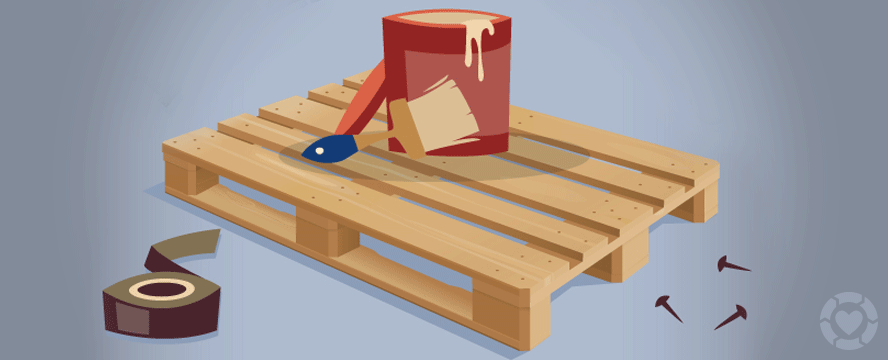Look Into The Appealing Odyssey Of Refurbishing Historic Closets, Unmasking Covert Narratives And Deciphering The Enigmas Of Previous Generations
Look Into The Appealing Odyssey Of Refurbishing Historic Closets, Unmasking Covert Narratives And Deciphering The Enigmas Of Previous Generations
Blog Article
Web Content Composed By-Cunningham McMahan
To start the journey of bring back antique cupboards, you require a keen eye for detail. Think of revealing covert keys within each layer of background embedded in the timber. Picture the satisfaction of revitalizing a once-forgotten piece to its previous glory. Every step of this meticulous process holds the vital to preserving the past while developing a future heirloom. So, are you all set to embark on this transformative undertaking and unlock the potential of your antique cabinets?
Assessing the Cabinet's Problem
When starting the restoration procedure, begin by assessing the condition of the antique cabinet. Thoroughly examine the general structure for any type of indications of damage such as splits, chips, or loosened joints. Examine the timber for any rot, bending, or insect problem that may have happened with time. It's important to figure out the extent of the restoration needed before continuing even more.
Next off, evaluate the cabinet's equipment such as hinges, knobs, and locks. Make note of any missing items or parts that need repair service or replacement. Make certain that all equipment is operating properly and firmly connected to the closet.
In addition, assess the closet's coating. Try to find any kind of scratches, discolorations, or staining that might impact the aesthetic charm. Establish if https://smallhouseremodel31975.ourcodeblog.com/27953718/personalized-home-layout-unlocked-unlock-the-possible-of-your-living-space-with-a-personalized-cabinet-maker needs to be removed and reapplied or if an easy touch-up will certainly be sufficient.
Gathering the Essential Tools and Materials
After examining the problem of the antique cabinet, the next step is to gather the necessary devices and products for the remediation procedure. Before you begin, guarantee you have the complying with things handy:
- timber cleaner
- sandpaper in numerous grits
- timber filler
- paint or wood stain
- brushes
- handwear covers
- safety and security goggles
- a dust mask
- a drop cloth
- a putty blade
- a hammer
- a screwdriver
- a vacuum
These devices and materials are essential for a successful remediation.
Timber cleaner is vital for removing years of dirt and grime accumulation, preparing the surface for sanding. disabled bathroom renovations of different grits aids in smoothing out blemishes and preparing the wood for a new coating. Wood filler is handy for repairing any kind of cracks, holes, or damages present in the cupboard.
Repaint or timber stain, along with brushes, enable you to personalize the cabinet to your preference. Bear in mind to use gloves, safety goggles, and a dust mask for security. Put down over here to safeguard your workspace, and use a vacuum to clean up any type of debris.
With these tools and materials gathered, you're ready to begin the remediation procedure.
Carrying Out the Reconstruction Refine
To effectively perform the remediation procedure on your antique cabinet, start by thoroughly cleaning up the surface with the wood cleaner. This action is vital as it aids remove years of dirt, crud, and old gloss that may have accumulated externally.
As soon as the closet is tidy and dry, evaluate the problem of the timber. Look for any kind of splits, scratches, or other damages that require to be resolved. Use wood filler to repair any type of flaws, making certain to match the filler color to the timber tone for a seamless coating.
After the repair work have actually dried out, delicately sand the entire surface area to create a smooth and even base for the brand-new coating. Be careful not to sand as well aggressively, as you do not intend to damage the timber beneath.
When the sanding is total, use a timber tarnish or finish of your selection, adhering to the producer's instructions. Allow the coating to dry entirely before using a safety leading coat to ensure the durability of your recovered antique closet.
Conclusion
Since you have completed the repair process, your antique cupboard looks as good as new.
By adhering to the step-by-step guide, you had the ability to analyze, fix, and boost its problem effortlessly.
With a fresh finish and protective leading coat, your treasured piece will certainly remain to shine for many years ahead.
Delight in the appeal of your restored antique cupboard!
